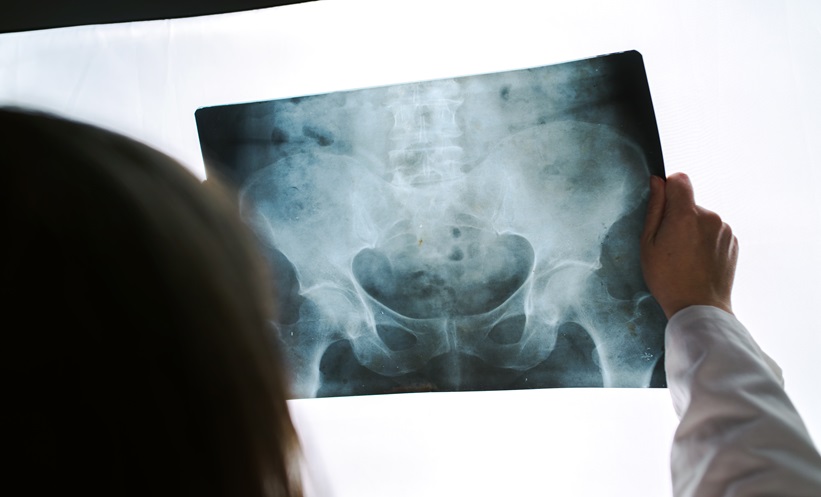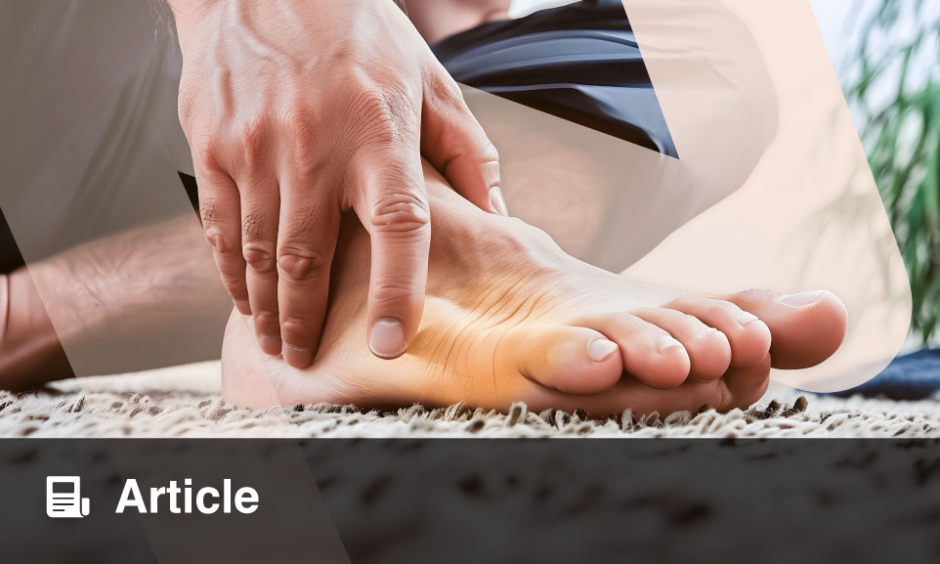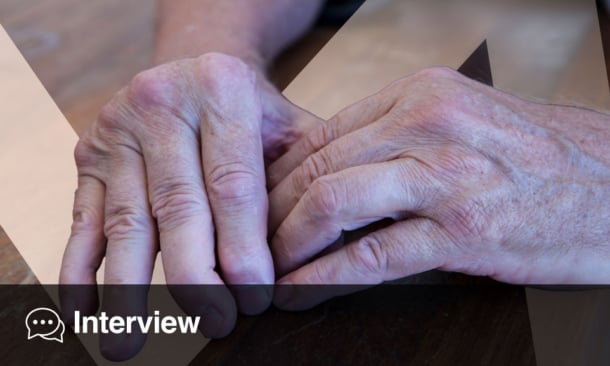REFRACTURE risk in adult patients who sustain a hip fracture can be mitigated through a new multidisciplinary approach, including fall prevention and anti-osteoporosis medication (AOM) use.
The study, led by Rita Patel, Bristol Medical School, University of Bristol, UK, aimed to identify hospital-level organisational factors that predict the prescription of post-hip fracture AOM and subsequent refracture risk. The cohort of 178,757 patients aged 60 and above who sustained a hip fracture in England and Wales between 2016 and 2019, was followed for a year post-fracture.
The average patient was 82.7 years old, 71% were female, and 18% were admitted from care homes. The results showed that 57% were prescribed AOM during admission; 28% died within one year, and 7% experienced a refracture that occurred at a median of 126 days post-fracture.
Multilevel models identified twelve organisational factors linked to higher AOM prescription rates, including orthogeriatrician-led care, routine bone health assessments, and hospital care plan organisation.
Eight organisational factors were associated with reduced refracture risk. Hospitals that provided orthogeriatrician assessments within 72 hours of admission had an 18% lower refracture risk, weekend physiotherapy provision reduced risk by 8%, and occupational therapists’ involvement in clinical governance meetings reduced risk by 7%. Moreover, delays in initiating post-discharge community rehabilitation increased refracture risk by 15%.
Despite statistical significance, the results may not be clinically meaningful due to the limitation of type 1 errors due to the large sample size. Nevertheless, these findings underscore the importance of early orthogeriatric assessment, multidisciplinary involvement, and post-discharge care for secondary fracture prevention within the first year following a hip fracture.
Katie Wright, EMJ
Reference
Patel R et al. Following hip fracture, hospital organisational factors associated with prescription of anti-osteoporosis medication on discharge, to address imminent refracture risk: a record-linkage study. J Bone Miner Res. 2024;DOI:10.1093/jbmr/zjae100.








